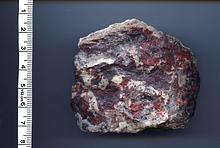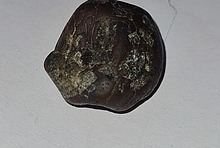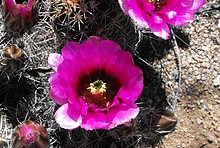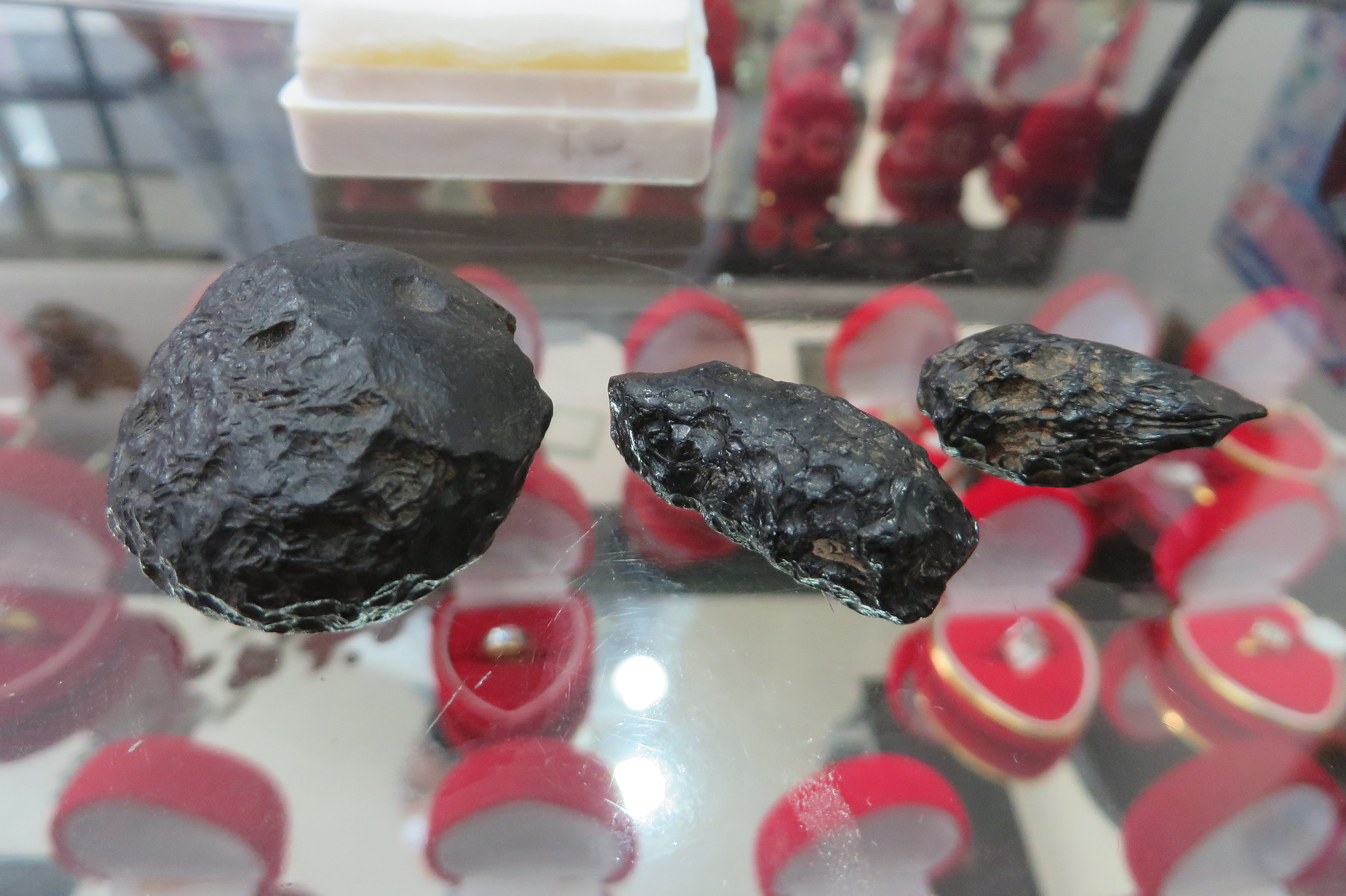Home PageAbout MindatThe Mindat ManualHistory of MindatCopyright StatusWho We AreContact UsAdvertise on Mindat
Donate to MindatCorporate SponsorshipSponsor a PageSponsored PagesMindat AdvertisersAdvertise on Mindat
Learning CenterWhat is a mineral?The most common minerals on earthInformation for EducatorsMindat ArticlesThe ElementsThe Rock H. Currier Digital LibraryGeologic Time
Minerals by PropertiesMinerals by ChemistryAdvanced Locality SearchRandom MineralRandom LocalitySearch by minIDLocalities Near MeSearch ArticlesSearch GlossaryMore Search Options
The Mindat ManualAdd a New PhotoRate PhotosLocality Edit ReportCoordinate Completion ReportAdd Glossary Item
Mining CompaniesStatisticsUsersMineral MuseumsClubs & OrganizationsMineral Shows & EventsThe Mindat DirectoryDevice SettingsThe Mineral Quiz
Photo SearchPhoto GalleriesSearch by ColorNew Photos TodayNew Photos YesterdayMembers' Photo GalleriesPast Photo of the Day GalleryPhotography
╳Discussions
💬 Home🔎 Search📅 LatestGroups
EducationOpen discussion area.Fakes & FraudsOpen discussion area.Field CollectingOpen discussion area.FossilsOpen discussion area.Gems and GemologyOpen discussion area.GeneralOpen discussion area.How to ContributeOpen discussion area.Identity HelpOpen discussion area.Improving Mindat.orgOpen discussion area.LocalitiesOpen discussion area.Lost and Stolen SpecimensOpen discussion area.MarketplaceOpen discussion area.MeteoritesOpen discussion area.Mindat ProductsOpen discussion area.Mineral ExchangesOpen discussion area.Mineral PhotographyOpen discussion area.Mineral ShowsOpen discussion area.Mineralogical ClassificationOpen discussion area.Mineralogy CourseOpen discussion area.MineralsOpen discussion area.Minerals and MuseumsOpen discussion area.PhotosOpen discussion area.Techniques for CollectorsOpen discussion area.The Rock H. Currier Digital LibraryOpen discussion area.UV MineralsOpen discussion area.Recent Images in Discussions
PhotosPumpung Lukaas mine, Cempaka diamond fields, Riam Kanan, South Kalimantan Province, Kalimantan, Indonesia
4th Jul 2019 09:07 UTCUwe Kolitsch Manager
I thought it would be pieces of the limonite-rich, water-worn gravel hosting the diamonds (note: photo wasn't made by me).
Any opinions?
4th Jul 2019 10:06 UTCJolyon Ralph Founder
4th Jul 2019 11:53 UTCKeith Compton 🌟 Manager
One paragraph states: "The Kalimantan diamonds are commonly found together with a mineral suite that includes corundum, diaspore, zircon, chromite/spinel, pleonaste, rutile, and rare tektite (Ubaghs, 1941)"
The Ubaghs reference is: Ubaghs, J.C.H. 1941. Diamonds in Borneo. Report held in Perpustakan Direktorat Geologi, No F 41-2 (Translated from Dutch).
So perhaps they are tektites
Cheers
4th Jul 2019 14:43 UTCUwe Kolitsch Manager
5th Jul 2019 07:07 UTCUwe Kolitsch Manager

12th Jul 2019 00:25 UTCJason Utas
I looked around on Google for a similar tektite; this piece of Darwin glass is somewhat similar, although Darwin glass is generally much more vesicular than indochinites, excluding the Muong Nong layered tektites...
12th Jul 2019 11:21 UTCUwe Kolitsch Manager




Mindat.org is an outreach project of the Hudson Institute of Mineralogy, a 501(c)(3) not-for-profit organization.
Copyright © mindat.org and the Hudson Institute of Mineralogy 1993-2024, except where stated. Most political location boundaries are © OpenStreetMap contributors. Mindat.org relies on the contributions of thousands of members and supporters. Founded in 2000 by Jolyon Ralph.
Privacy Policy - Terms & Conditions - Contact Us / DMCA issues - Report a bug/vulnerability Current server date and time: April 18, 2024 14:25:15
Copyright © mindat.org and the Hudson Institute of Mineralogy 1993-2024, except where stated. Most political location boundaries are © OpenStreetMap contributors. Mindat.org relies on the contributions of thousands of members and supporters. Founded in 2000 by Jolyon Ralph.
Privacy Policy - Terms & Conditions - Contact Us / DMCA issues - Report a bug/vulnerability Current server date and time: April 18, 2024 14:25:15












